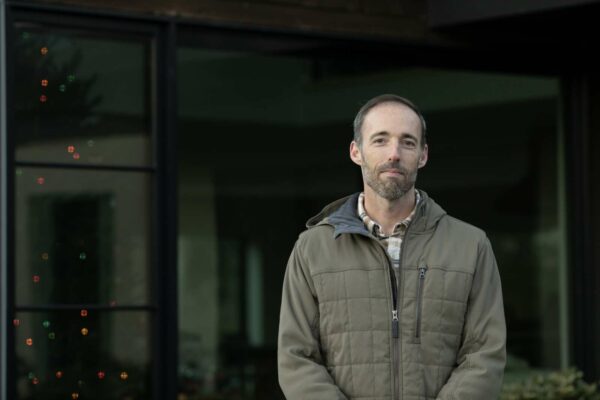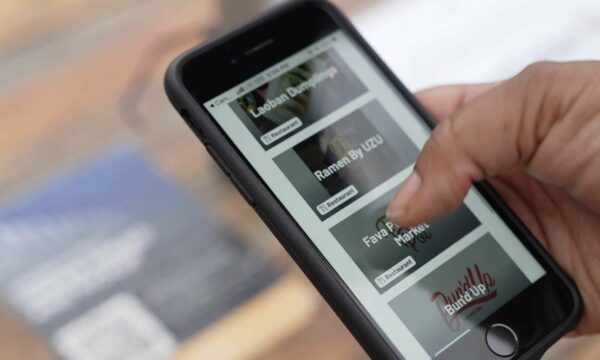Sponsored by Monday Properties and written by ARLnow, Startup Monday is a weekly column that profiles Arlington-based startups, founders, and other local technology news. Monday Properties is proudly featuring 1515 Wilson Blvd in Rosslyn.
Ballston startup GoTab, which facilitates QR code ordering in restaurants, has picked up a lot of extra tables over the last 18 months.
“We’ve continued to grow,” CEO Tim McLaughlin said. “We lost a couple of clients nostalgic for the old way, but our product is fully compatible with operating a classic restaurant.”
GoTab, which launched in 2016, operates in restaurants, hotels, resorts, golf courses, festivals and the Capital One Arena in D.C. It does more than provide black squares that guests scan while seated at a table, however. It also targets ordering takeout or delivery and regular sales.
While its services are diverse, GoTab has seen the most growth with QR code ordering — especially during the pandemic, when contactless ordering helped keep restaurants open and staff and diners safe.

Last year, the number of payments made through the app grew by 100 times, he said. This year alone, payments are set to increase by 20 times. For the CEO, the staggering growth is hard to quantify to people.
“GoTab gets paid if restaurants get paid, so we measure success by payments,” he said. “People think I’m saying 100% growth. No, it’s 100 times.”
There are a few other signs of growth, too. Today, the company employs 65 staff, up from the nearly 20 it had last year, and the 35 to 45 employees with whom it kicked off 2021. And, as of last month, GoTab expanded into Canada. The company is looking to move into a number of other English-speaking countries, McLaughlin said.
Within a month, it will move into multi-merchant ordering. For example, if a group of friends visits the Ballston Quarter food hall — which is next to GoTab’s offices at 901 N. Stuart Street — everyone can scan the QR code at a table and order from multiple restaurants in one cart with one payment.
“If you go with your friends, you don’t have to all split up and have someone hold the table,” he said. “It’s fun if you want to go check out what they’re selling. If you have been there a few times, and you want to hang out with friends, that’s when it’s not fun.”
Businesses see the payments separately and it helps restaurants and customers save money on credit card fees.

McLaughlin said the black squares are not aimed at replacing servers. Rather, GoTab eliminates the need to hail down a waiter to add a last-minute order, fight through a crowd to close out at the bar, or wait for the check when pressed for time, he said.
“We are not against servers,” he said. “Right now, in many of our venues, you can order from a server and a phone, and go back and forth. It’s the best of both worlds.”
GoTab plans to transform any industry where payment- and service-related inefficiencies can be solved with tech. Restaurants were the first because that’s where technology was lacking the most, McLaughlin said.
“We’re not trying to eliminate local jobs,” he said. “We’re trying to support them and make them competitive.”
For restaurants, takeout companies such as Doordash, which has its own staff and is starting to open ghost kitchens, is the real competition. For local retail, it’s e-commerce platforms such as Amazon, as customers appreciate up-to-date inventories and quick delivery.
“Local merchants are good at the high-touch part of [the customer experience] but they’re not so good at inventory management and logistics,” he said. “We’re bringing tech to brick and mortar stores so they can be competitive with e-commerce-only companies.”


